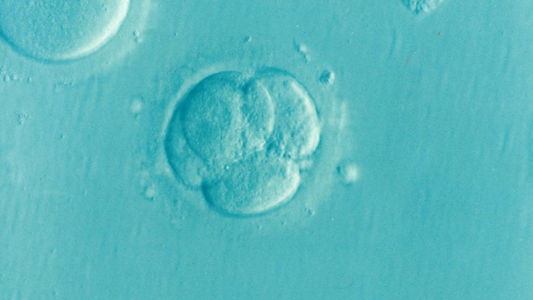
Q: I am 21 years old. I got married 8 months ago, and my husband I are having trouble conceiving. I was wondering if you can give me information about what infertility is, what can cause infertility, and what some treatment options are.
A: Thanks for reaching out! I know that when you are in the process of trying to conceive, it can be a very scary and emotional time, and I wish you the best of luck! Before I answer your questions, I want to recommend that you make an appointment with an OBGYN or a Reproductive Endocrinologist and Infertility (REI) Specialist. Now, to answer your questions…
What is infertility?
Infertility is defined as not being able to get pregnant after 1 year of having regular, unprotected sexual intercourse. If a woman is older than 35, evaluation and possible treatment are recommended after 6 months.
What causes infertility?
There are many possible reasons why a couple would be infertile. A common cause of female-factor infertility is the absence of or irregular ovulation. Other causes include uterine or cervical abnormalities (for example, polyps or fibroids), fallopian tube damage or blockage (due to pelvic inflammatory diseases, endometriosis, or adhesions from previous abdominal traumas or surgeries), early menopause, or cancer, chemotherapy, and radiation. The common causes of male-factor infertility are problems with sperm production, sperm function, sperm motility, or premature ejaculation.
It is important to note that one of the key factors of a women’s fertility is her age. Did you know that a healthy woman in her 20’s and early 30’s has a 25-30% chance of getting pregnant with each menstrual cycle? But by age 40, a woman has only a 10% chance of getting pregnant with each menstrual cycle.
There are also lifestyle risk factors that may play a role in a women’s infertility, such as smoking, alcohol, being overweight, and being underweight.
So, what are some options for couples to help increase their chances of getting pregnant?
Depending on the woman’s medical history, her OBGYN or Reproductive Endocrinologist and Infertility Specialist (REI) may recommend various fertility treatments. For example, oral ovulation induction drugs or Gonadotropin injections may be recommended. These work to induce a woman’s ovaries to release an egg. However, it is important to note the risks, some of which include: twins, and even less commonly, triplets, as well as Ovarian Hyperstimulation Syndrome, which is mild in most cases, but can very rarely be severe and lead to serious illness or death.
Another example of a fertility treatment that may be used is Intrauterine Insemination (IUI). IUI works by collecting healthy sperm and placing it inside the uterus when the woman is ovulating. IUI is typically used with some form of ovulation-inducing drugs. This type of infertility treatment may help with some male-factor infertility issues, since the sperm will go through a “processing mechanism” where the “bad looking” or “bad moving” sperm will be centrifuged out. Additionally, if a man has a low sperm count, IUI may help, because the sperm will be placed in the exact place it needs to be in order to find the egg to fertilize. It is important to note that this type of fertility treatment will not help a woman if she has problems with the opening of her fallopian tubes which cause her eggs to be unable to pass from the ovary through the fallopian tube to the uterus. If ovulation-inducing drugs are given, the women will have the same risks as stated earlier.
The last example of fertility treatments to be aware of is In Vitro Fertilization (IVF). The first step in IVF is obtaining the woman’s eggs. A woman is typically given Gonadotropin injections to trigger her ovaries to produce multiple eggs. (Or the eggs may come from a donor.) The second step is collecting the sperm sample. The eggs can be fertilized in two ways: the sperm can either be placed inside the “dish” containing the egg, or a single sperm can be injected into a single egg. During the process of fertilization, the egg and sperm combine to form an embryo. The embryos are typically observed for a few days in the laboratory before being implanted inside the woman’s uterus. It is important to note there is a risk of a multiple-pregnancy if there are multiple embryos being implanted.
One of the greatest advancements in fertility treatments which is important to discuss is the topic of Preimplantation Genetic Testing (PGT). PGT is the process of testing the embryos created by IVF for genetic abnormalities. PGT is extremely useful for testing an embryo for chromosomal abnormalities like trisomies (for example, Down’s syndrome), or containing 2 mutated genes that would cause it to have a genetic disorder (for example, cystic fibrosis), or being a carrier of a genetic disease (for example, BRCA genes). It is important to note that there is no technology to fix a “bad” embryo. If an embryo is found to be carrying one of these disorders or abnormalities, it will not be implanted into the woman, and it will be discarded.
___________________________________________
References:
Dr. James Stelling, MD, FACOG and Island Fertility, Commack NY
(631) 683-4600
www.islandfertility.com
https://www.acog.org/Patients/FAQs/Treating-Infertility?IsMobileSet=false
https://www.mayoclinic.org/diseases-conditions/infertility/symptoms-causes/syc-20354317